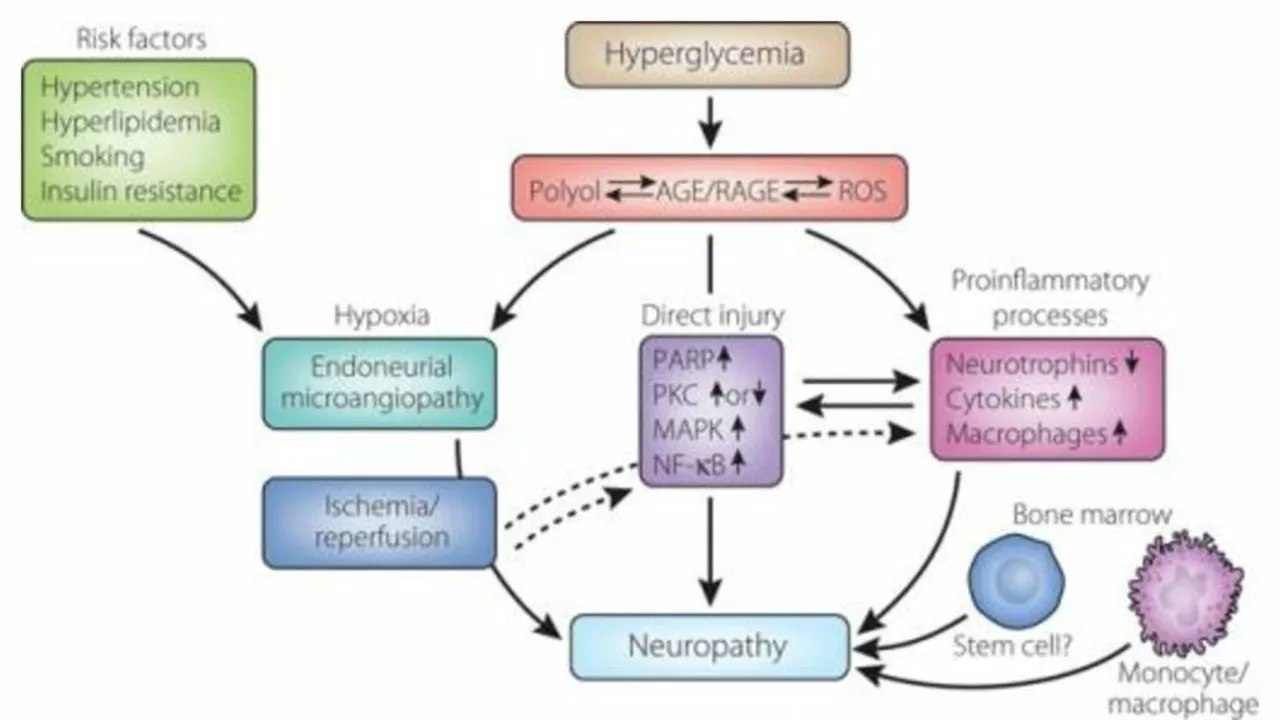Mechanism: How Drugs and Body Processes Work
Ever wondered what actually happens after you take a pill? The "mechanism" tag gathers short, plain explanations showing how medicines and body systems interact. Knowing the mechanism of action helps you understand side effects, interactions, and why a drug works for one problem but not another.
For example, warfarin (Coumadin) works by slowing blood clotting—so small changes in diet or other meds can change its effect. That’s why INR checks matter. Lexapro (escitalopram) changes serotonin signaling in the brain, which can take weeks to help mood but may cause temporary side effects. Paracetamol and ibuprofen both relieve pain, but they act differently in the brain and body, so one may work better than the other depending on your symptoms.
How to read a mechanism explanation
Keep it simple: look for the active ingredient, the target (enzyme, receptor, bacteria), and the result. Active ingredient tells you what to watch for in interactions. The target explains where the drug acts—like the brain, the immune system, or bacteria. The result tells you the expected effect and common side effects.
Practical example: antibiotics like ampicillin kill or stop bacteria from building cell walls. That explains why they help bacterial sinus infections but won’t touch viruses. Antifungals like fluconazole (Diflucan) target fungal cell membranes—so swapping antibiotics for fungal treatments won’t help a yeast infection.
Use mechanisms to stay safer and smarter
Ask three quick questions before starting a medicine: 1) What’s the active ingredient? 2) Where does it act in the body? 3) What major interactions or risks should I watch for? If you know warfarin’s sensitivity to vitamin K, you’ll understand food warnings. If you know SSRIs affect serotonin, you’ll avoid mixing them with other serotonergic drugs without medical advice.
This tag includes practical posts that break mechanisms down into real-life advice—drug reviews, side-effect guides, and comparisons. You’ll find pieces on painkillers (paracetamol vs ibuprofen), antidepressants (Lexapro), migraine meds (flunarizine), antifungals (Diflucan), antibiotics (ampicillin), and more. Each article focuses on what actually happens in your body and how that affects everyday choices like dosing, diet, and driving.
If you’re changing meds or combining treatments, use the mechanism to spot risk points and bring specific questions to your doctor or pharmacist. Mechanism knowledge doesn’t replace professional advice, but it helps you ask better questions and follow directions more safely.
Want a quick tip? Save the drug’s active ingredient and one-line mechanism in your phone notes. That single line can make interactions and side effects easier to spot when reading labels or talking to a clinician.
Explore the posts under this tag to get clear, practical explanations that help you use medicines more safely and confidently.
I recently came across some great information about Metformin and its role in helping people with insulin resistance. Metformin is a medication that's been used for years to lower blood sugar levels in people with type 2 diabetes. It works by decreasing the amount of sugar produced by the liver and increasing the sensitivity of muscle cells to insulin. This helps the body use insulin more effectively, which can lead to better blood sugar control and overall health. If you're dealing with insulin resistance or diabetes, Metformin might be a game-changer for you!

